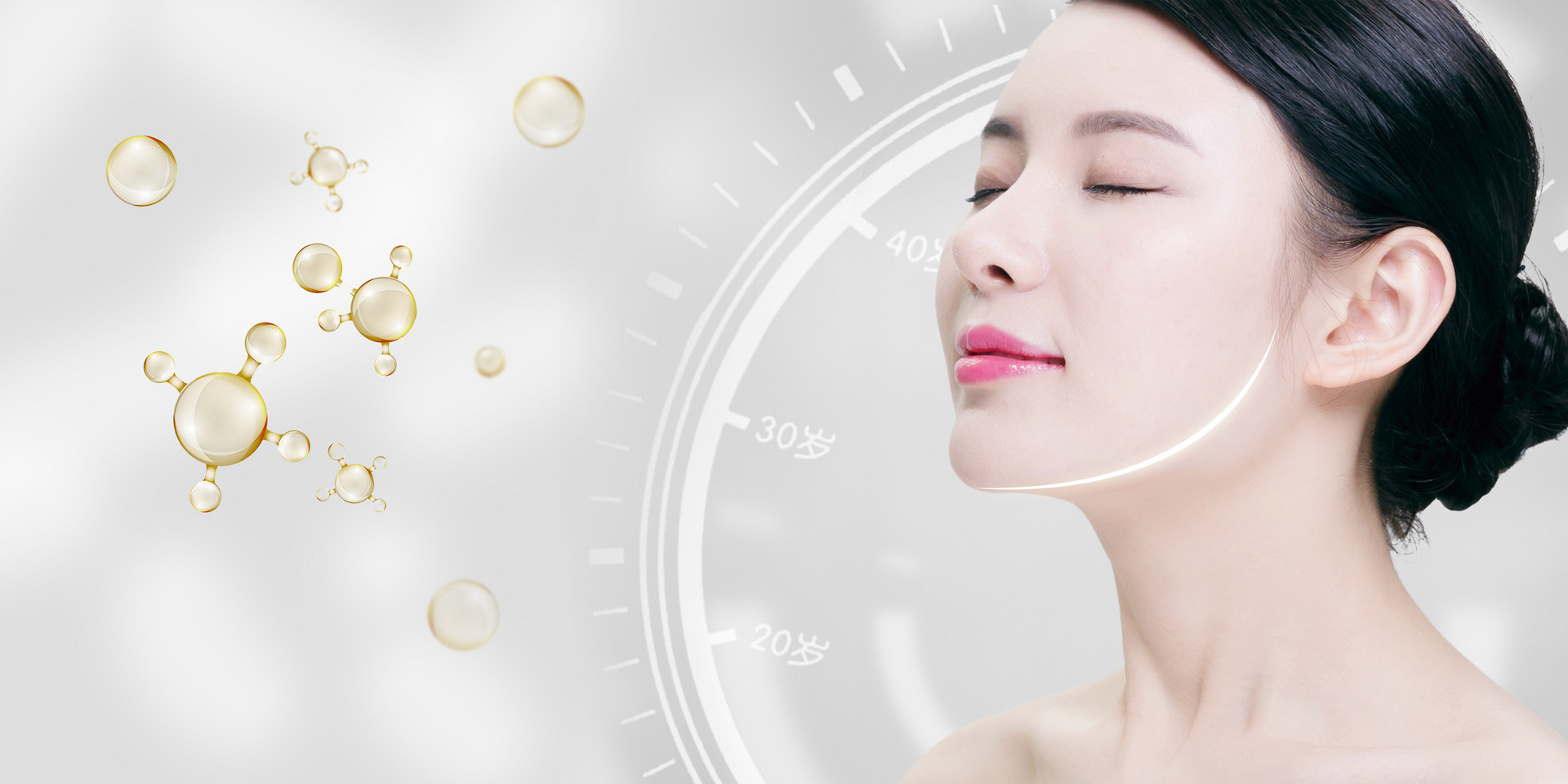Human skin is basically divided into three types: neutral skin, oily skin, and dry skin.
Neutral skin is tight, moderate in thickness, smooth and soft, and elastic. It is considered a good skin type.
Dry skin is delicate, pale, dry, prone to wrinkles, easily damaged, and sensitive to external factors. It tends to become red and painful after sun exposure and may peel and produce flakes. There is also a type called combination skin, where the forehead and nose are oily with excessive sebum secretion, while other parts of the face are dry and sensitive to UV radiation. Approximately 80% of women have combination skin.
Oily skin has larger facial pores, more sebum, and appears shiny. This type of skin is prone to acne and facial infections, which affect its appearance. The reason for this is the overactive sebaceous glands and excessive sebum secretion, which is more common in young people during puberty.
According to traditional Chinese medicine theory, those who have excessive water content in their bodies are considered to have a heavy dampness, which corresponds to oily skin. On the contrary, those who have insufficient water content in their bodies are considered to have dryness, which corresponds to dry skin that is rough and dry in texture.
From a modern medical perspective, oily skin is characterized by overactive sebaceous gland secretion, increased secretion of male hormones, and dilated skin capillaries. Dry skin, on the other hand, is characterized by insufficient moisture content, slow metabolism, decreased sebaceous gland function, dry skin surface, easy shedding of the epidermal keratinocytes, lack of elasticity, and the tendency to develop wrinkles. Therefore, diet and nutrition tailored to different skin types can greatly benefit the health and beauty of the skin.
For individuals with neutral or dry skin, it is recommended to consume more alkaline foods such as beans (black beans, soybeans, adzuki beans), vegetables, fruits, and seaweed. Acidic foods such as bird and animal meats, fish, and shellfish should be consumed in moderation. It is also beneficial to incorporate traditional Chinese medicinal herbs known for promoting blood circulation, nourishing Yin (moisture), and tonifying the skin, such as peach blossom, peach kernel, angelica, lotus flower, rose, safflower, wolfberry, Solomon's seal, glossy privet fruit, dryopteris crassirhizoma, lily, mulberry mistletoe, and mulberry fruit.
For individuals with oily skin, it is recommended to consume cooling and neutral foods such as winter melon, luffa, white radish, carrot, bamboo shoots, Chinese cabbage, cabbage, cauliflower, lotus root, jellyfish, watermelon, pomelo, coconut, silverfish, chicken, and rabbit meat. Spicy, hot, and high-fat foods such as cream, cheese, dairy products, preserved fruits, fatty pork, mutton, dog meat, peanuts, walnuts, longan, walnut kernels, chocolate, cocoa, and curry powder should be consumed in moderation. It is also beneficial to incorporate traditional Chinese medicinal herbs known for clearing heat and reducing inflammation, such as white poria, water plantain, pearl, white chrysanthemum flower, coix seed, maifan stone, and lingzhi mushroom.






